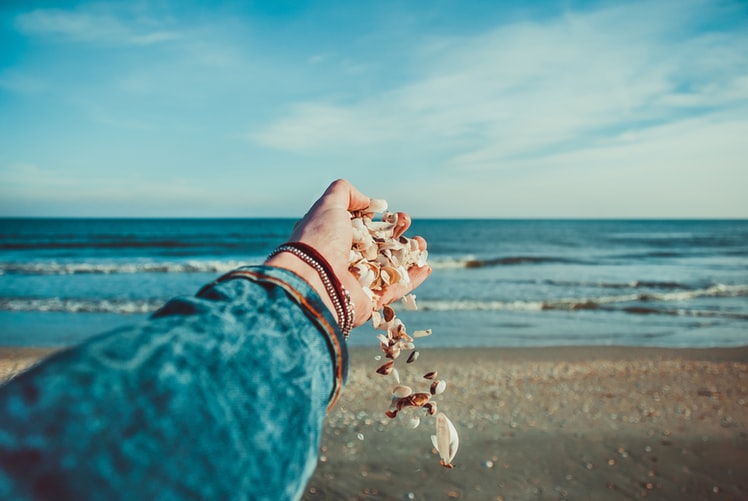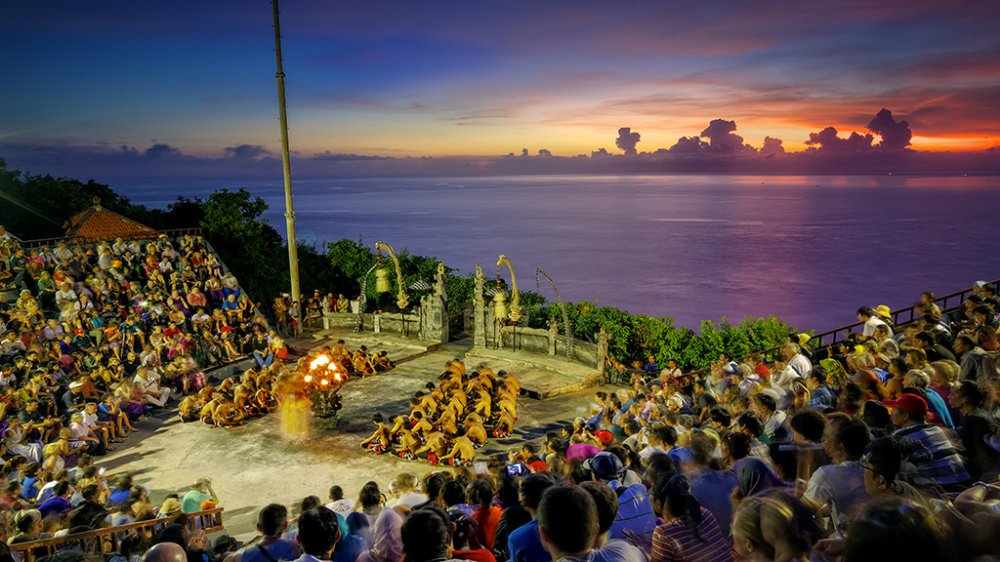If you are one of those people who love to frolic in the water (and NO! I am not talking about just wading or splashing about in a pool), then I am pretty sure that you must be aware of the sport of “Sea walking”. And yes, it literally means what you virtually just conjured up in your mind – you do walk on the sea bed, under the water, in the sea! You take a nice little stroll and admire the fishes swim by, touch the coral and the flora. Trust me it’s quite a thing now days and all tropical locations/island destinations are offering this excursion.
This is an activity for those people who enjoy snorkeling but cannot quite muster up the courage to free dive or scuba dive. This sport neither requires you to be a swimmer nor do you need to be a certified diver. After all it is just a walk, is it not?
So how does it work?
Well, the walk usually begins by signing some paperwork and insurance etc forms (legalities are important). When looking for an agency to help take you on this excursion, be sure to check the certification of the agency and experience level of the divers. This is important even though sea walking per se is not a dangerous sport. Read up on the activity and what to expect in order to avoid any panic attacks while under water (trust me, this is more common than you imagine).
Where is it conducted -The excursion is conducted at a depth of about 10 feet or 3-4 meters max under the sea and always in low tide. That is also one reason why the excursion is conducted mostly from morning till afternoon. Usually it is a group excursion and small groups of people, a dozen or more, are taken together. Also, although you descend into the water solo, you do buddy up later once underwater, on the sea bed.
Usually these activities are conducted in clear waters to enable you to view the sea life better but visibility could be impacted if the day is cloudy or if the waves are choppy and sea bed is disturbed.
Who all can participate? – People of all age groups can participate but people with pre-existing medical conditions like heart ailments/asthma/panic attacks etc, pregnant ladies and kids under 10-12 years old should not do this activity. The permissible age for kids may differ from location to location but on the safer side the child needs to be at least 10 years old in order to take part.
Time duration of the excursion – the entire activity takes up the better part of an hour, maybe even more, although the actual descent and walk under the sea is just for about 15-20 minutes.
Apparel for the excursion – depending on the location you may either wear a swimsuit for this activity or you can opt for a complete wet suit. The suits are giving by the dive center as are the soft soled rubber shoes. It is advisable to wear the rubber soled shoes as the sea bed could be littered with sharp pieces of broken off coral or seashells. Also, let’s face it. Sea creatures may not be dirty but man’s reach even into their domain has ensured that pollution has breached even this border. So, be on the look put for broken glass bottles etc.
Things to carry – swim suit, towels, sunscreen, sunglasses and hats/caps.
Once suitably attired and with all the paper work cleared away, you shall be transferred via a speed boat to the actual site. The walk is conducted from a flat bottomed boat moored right above the coral bed/site of the walk. On the way, the diving instructor imparts instructions on some basic underwater/diving signals. Pay heed during this period as these instructions are your only means to communicate once actually under water. For people who may suffer from ear pains on account of air pressure or compression changes, the divers will explain some basic steps to alleviate the same.
Once at the actual site, a helmet with a transparent visor is placed on your head. This helmet now should not be confused with the lighter models made for automotive usage. This particular helmet weighs close to 25-30 kgs while above water and about 5-7 kgs under water. However, once under water, you do not feel the weight at all. A tube is attached to the base of the helmet with the other end being connected to an oxygen tank in the boat. This allows for normal breathing under water and you do not need to make use of a tube like in snorkeling or scuba diving. Your head will not get wet at all in this excursion. This helmet will be placed on your head once you step onto the ladder that descends into the sea. Be sure to get the helmet placed on your head once you are submerged till the neck in water as the weight of the helmet can give you a serious neck sprain. A lifeguard/diver will assist you in descending (in fact, prior to anyone’s descent, a diver from the dive school shall already be in the water).
One you start descending, there comes a point mid way on the ladder when you can no longer see the shape of the boat above you and you cannot see the sea bottom. At this point all that you see around you in an inky darkness and you feel like you are suspended helpless & unprotected. Panic and terror can set in at this point. Hence, it is important to control your breathing by taking regular deep breaths and focusing on descending one rung at a time. Remember that the movement under water is pretty much like walking on the moon (and I mean literally and not poetically) so even the journey of a few seconds feels like minutes gone by. So, do not panic. Just focus on going down one rung at a time and in no time you shall be at the sea bed and a diver shall be present to guide you.
The diver shall be with you every part of the way to guarantee your safety & to assist you in stabilizing your movements in the water. Once you reach the sea bed, the diver will have you wait for a few minutes to check whether you are experiencing any ear pain or feeling otherwise unwell. Once you signal your okay the diver shall signal you towards the actual site of the coral. It’s usually a pretty short walk although it seems much longer on account of the fact that movement under water is restricted and the feet feel heavy. There usually is a rope or a metallic railing that extends all around the coral that you can hold onto in order to stabilize yourself.
Well, after that’s its pretty easy. You pretty much just walk around the coral and enjoy the brightly colored shoals of fish swim by. Since the walk is around different varieties of coral so you can get to see quite a bit of marine life and it is pretty fascinating. I can never forget the experience of watching shoals of the clown fish in the coral on my first sea walk (Nemo from the Disney movie – finding Nemo). You can even extend your hand and touch the coral & fish. The structure and weight of the helmet gives you only a forward vision and the peripheral vision is impacted. But, not to worry as the divers are always around to help guide you by pointing out various things of interest. So, do not be alarmed if you see a large black shape materializing from somewhere in your limited vision area. It is not a shark, merely your friendly diver guiding you.
The excursion company takes underwater pictures and makes video films as well so you need not carry any waterproof photographic equipment with you. Enjoy this activity in the free environment that it takes place in. There is nothing like watching marine life swim by in the serenity of the blue water. Life tends to stand still at these moments and you experience a joy that is unbound for you feel as if you are one with nature – a part & a participant at the same time.
Image – travel triangle
 Sonal Singh On Sonal's Table
Sonal Singh On Sonal's Table






